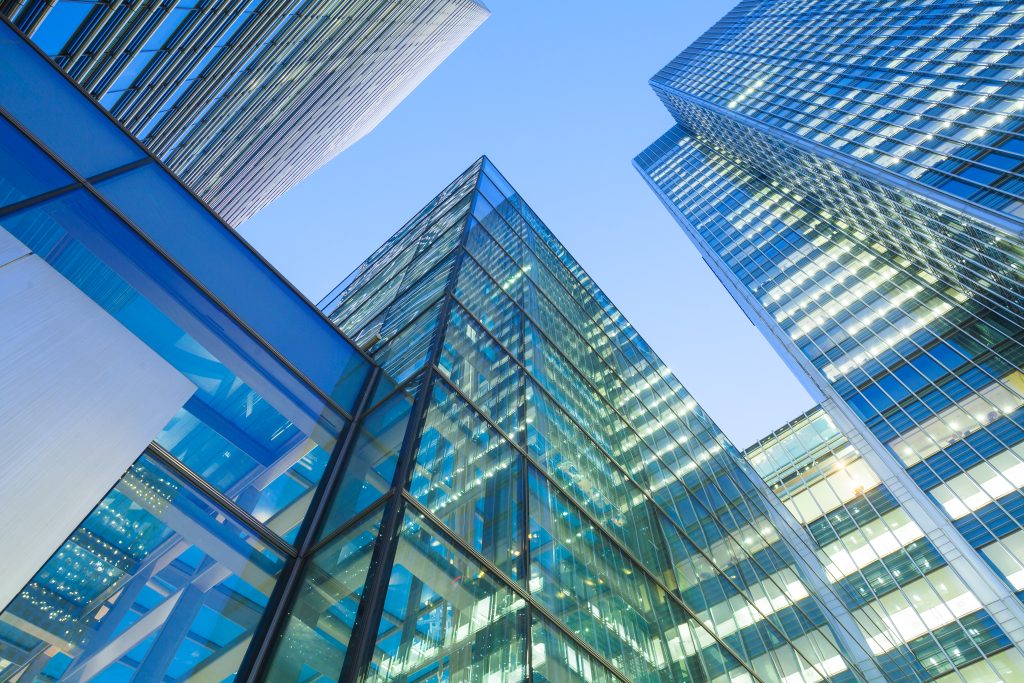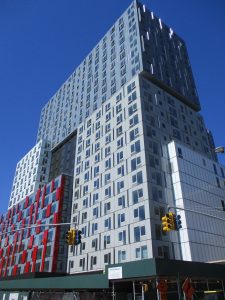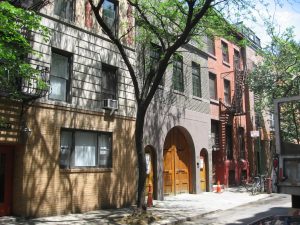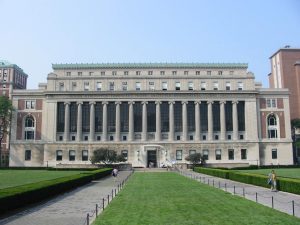Questions to Consider: NYC Emissions Regulations for New and Existing Buildings

In 2020, New York City Mayor Bill de Blasio unveiled a $14 billion plan, called OneNYC 2050, as an update to the city’s ongoing sustainability programs. The plan introduces several goals and initiatives for New York City to confront the impacts of climate change and economic inequality and improve the city’s infrastructure by the year 2050.
One part of the plan, the Climate Mobilization Act, aims to achieve carbon neutrality by 2050, in part by pursuing deep cuts in emissions across all buildings and infrastructure. The plan specifically identifies new and existing buildings with glass facades as inefficient.
What Do We Know?

B3 Residential Tower, 30 Sixth Avenue, Brooklyn, NY
According to the NYC Mayor’s Office of Sustainability, buildings account for 66% of the city’s greenhouse gas emissions. In response, the city established several strategies to reduce emissions and increase efficiency. One strategy that has incited debate among stakeholders is Local Law 97 (LL97), which places limits on annual greenhouse gas emissions for large buildings (more than 25,000 sq ft) starting in 2024. According to current numbers, without intervention approximately 20% of properties will exceed the limits in 2024, and 80% of buildings will exceed the revised limits in 2030. Building owners who exceed these limits must reduce their emissions or face fines ($265 per ton of annual CO2 equivalent over the limit), making New York City one of the first major metropolitan areas in the United States to require building owners to address emissions for existing buildings.
The city also updated their energy code in May 2020, further regulating glass-walled buildings and not allowing all-glass facades in new construction unless they meet strict performance guidelines. The city calls these all-glass designs “inefficient” and seeks to make them “a relic of the past.” It is worth noting that this limitation, often referred to as a “glass facade ban,” is not so much a ban as an imposition of much more stringent performance guidelines for that building type. While it will make all-glass designs more difficult to achieve within the energy targets, it does not prohibit them outright.

New York City’s building owners—in partnership with the city’s architectural, engineering, and construction professionals—will continue to look beyond simple energy code compliance to consider and address building performance and carbon emissions moving forward.
What Do Owners Want to Know?

23 Cornelia Street, New York, NY
LL97 and other new regulations for glass-walled buildings represent significant changes for the city’s building owners and construction industry. While these measures can help propel New York City into the future as a leading example for how to respond to climate change, getting there will prove to be challenging.
The city has formed a technical advisory board to explore these questions, bringing stakeholders together to determine the feasibility of a carbon trading strategy where buildings that exceed the LL97 limits can purchase carbon emissions cap space from buildings that are below the LL97 limits.
As these and other requirements work their way through the legislative approval process, building owners have asked design teams for assistance to answer several questions, such as:
- How do these requirements affect projects currently in design and under construction?
- How will emissions benchmarks change in the future?
- What technical and financial assistance programs will be available?
- What “low-hanging fruit” options are available for existing buildings, and are these enough to comply?
- When does the cost of ongoing maintenance outweigh the cost of a retrofit?
What Comes Next?

Butler Library, Columbia University, New York, NY
While this conversation continues, there are several ways that building owners and representatives can assess their portfolios and take action. Those with new projects in the works or on the horizon should consult with their design and construction teams to consider and monitor current and proposed emissions guidelines. Seemingly small changes early in the design process can have big impacts on reducing carbon emissions. Existing building owners can seek out testing and modeling programs to assess their current emissions and discuss potential future retrofits. With planning, owners can approach these projects as an opportunity to improve performance and add value over time. For example, ongoing facade maintenance activities can be costly, but a facade retrofit can increase marketability. With advance planning, retrofits can also be completed in phases to achieve carbon reduction goals while minimizing occupant disruption.
In any case, New York City’s building owners—in partnership with the city’s architectural, engineering, and construction professionals—will continue to look beyond simple energy code compliance to consider and address building performance and carbon emissions moving forward.